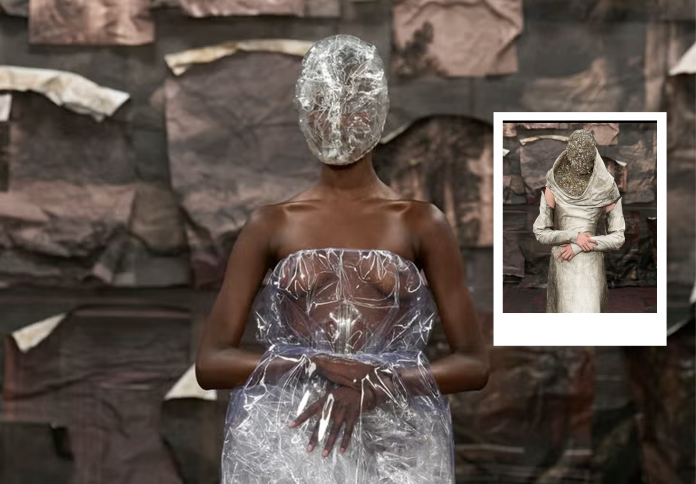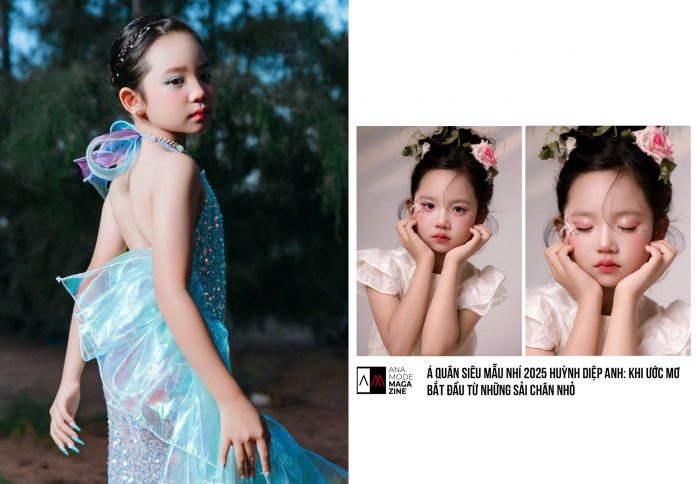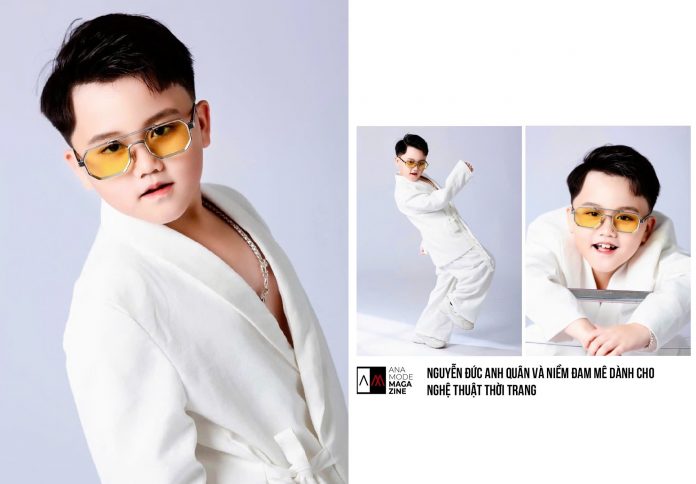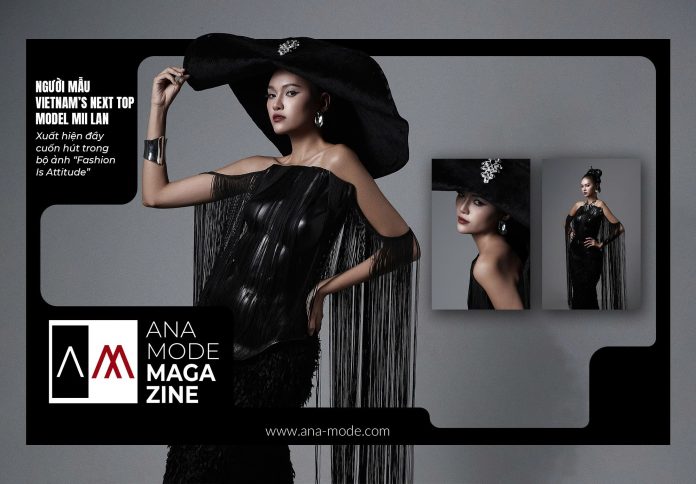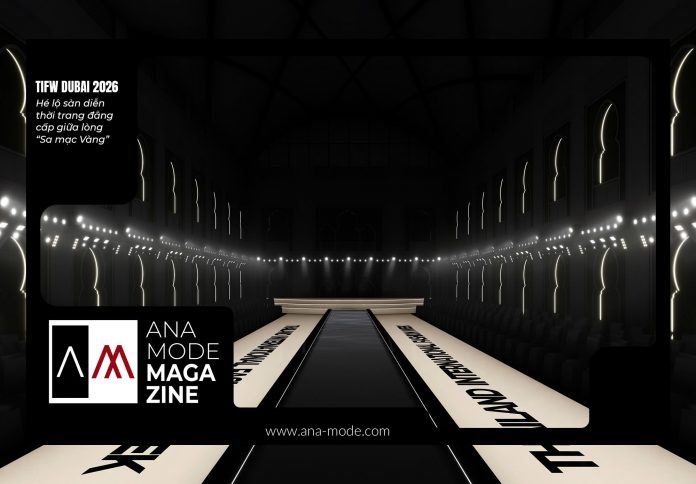Can couture still shock and stir? With Glenn Martens’s inaugural Artisanal collection for Maison Margiela, the answer is a resounding yes. In Paris this July, he delivered a debut that was fresh, unsettling, and utterly singular—theatrical yet disciplined, pointing towards a future where couture meets cultural conversation.
Merging two Belgian sensibilities
Glenn Martens’s arrival at Maison Margiela carries an air of inevitability. Both he and the house’s elusive founder, Martin Margiela, are Belgian-born and Royal Academy of Fine Arts–trained. Both share a design ethos that celebrates deconstruction, upcycling, and conceptual rebellion over polished excess. Martens’s path—from founding his own label to revitalizing Diesel and bringing conceptual rigour to Y/Project—culminates in this moment of radical couture reinvention.

His debut didn’t just honor Margiela’s archives—it activated them. Garments looked as though they were excavated from forgotten cathedrals or found beneath layers of history: peeling, rusted, encrusted with memory. The visual language was unmistakably Belgian—moody, meticulous, and unapologetically cerebral.
Couture as gothic sculpture
Rather than a traditional runway, Martens staged a procession through dim, moody corridors lined with deteriorating wallpaper. Models glided through the space with sculptural severity. Their faces were obscured by cellophane caps and transparent masks, evoking anonymity, artifice, and ritual. The garments, too, defied categorization—more sculpture than silhouette.
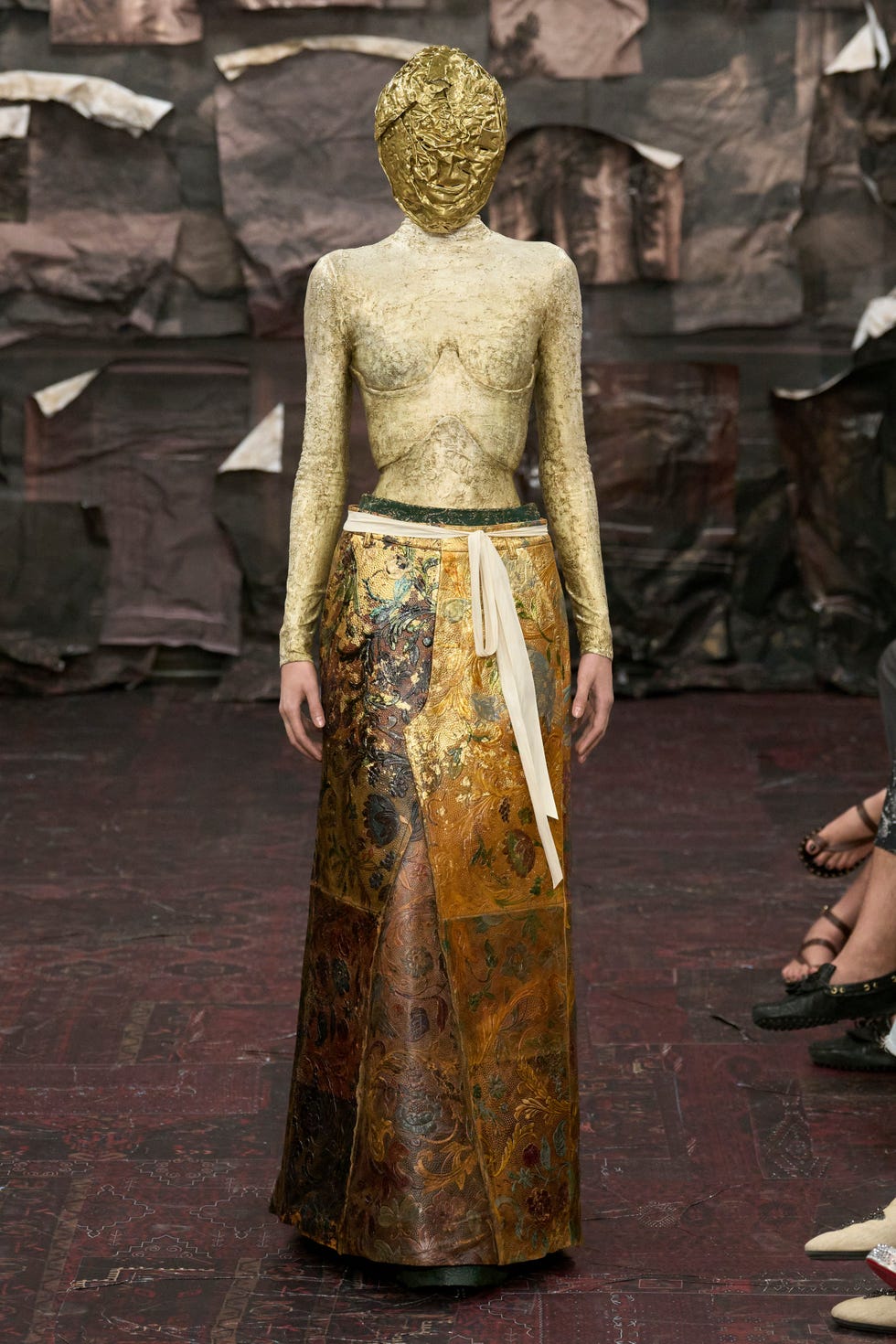
Fabrics were masterfully manipulated to mimic stone, oxidized copper, and crumbling plaster. Outerwear resembled craggy armor; bodices folded like broken frescoes. And then came the feet—encased in eerie, hoof-like transparent Tabis. This wasn’t couture designed for comfort or commerciality—it was a shrine to transformation, a meditation on decay and rebirth.
Upcycling meets high drama
True to Margiela’s philosophy, Martens turned the discarded into the divine. He revived transparent plastic outerwear from the house’s early years and reimagined it in modern proportions. Socks became bodices. Scraps of jewelry found new homes on corsets. Martens didn’t merely recycle—he recoded.
This high-drama salvage operated at a couture level of craftsmanship. Every stitch, pleat, and drape was charged with intention. What might appear to be random layers revealed precise engineering. In Martens’s hands, sustainability wasn’t an obligation—it was an aesthetic, a provocation, a path back to meaning.
Finale: emotion meets spectacle
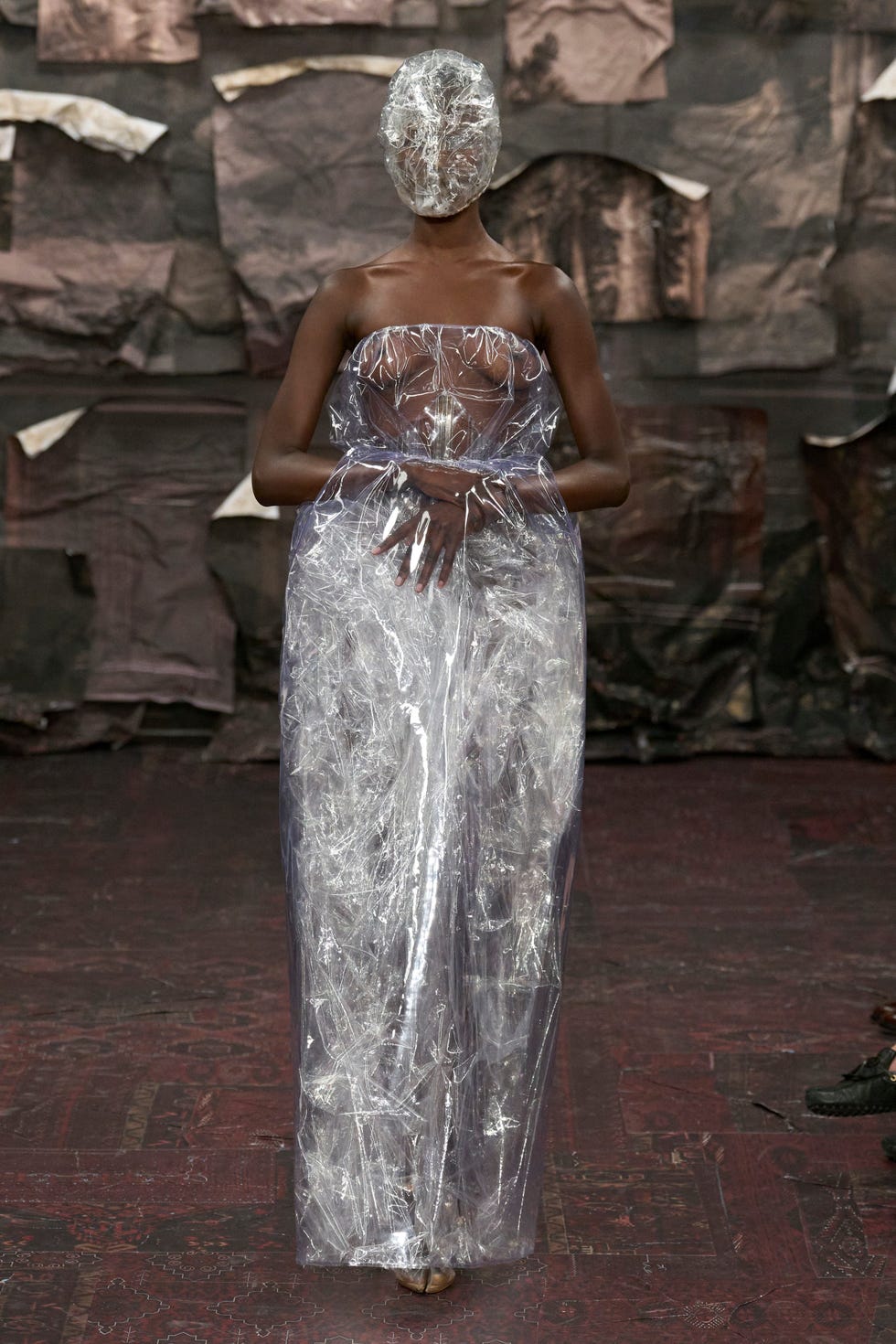
The climax of the show arrived in the form of a startlingly bright acid-yellow gown, its ruffles flaring like a final exhale. As the first notes of “Disarm” by The Smashing Pumpkins echoed across the space, the collection reached its emotional apex. What had begun as cryptic and armored was now raw, vulnerable, exposed.
The soundtrack choice wasn’t incidental. Martens had reportedly listened to the song on loop while creating the collection. Its haunting confessional tone mirrored his approach: to cut through the spectacle of fashion and offer something intimate. That dress, in all its ferocity and fragility, became a coda—a final whisper in a language only fashion dares to speak.
Conclusion: couture reborn through raw poetry
With this Artisanal debut, Glenn Martens didn’t just revive Margiela’s spirit—he recharged it. He translated archival references into modern myth, used ruin as a medium, and insisted that beauty doesn’t have to be smooth to be sublime. His vision was more than design—it was dramaturgy.
At a moment when fashion often seeks viral clarity, Martens chose ambiguity. He offered clothes that confront, challenge, and compel. Couture, in his hands, returns to what it once was and what it can be again: not just luxury, but language. And in that language, Martens has found a voice all his own.
